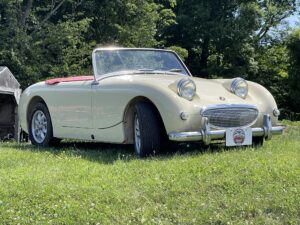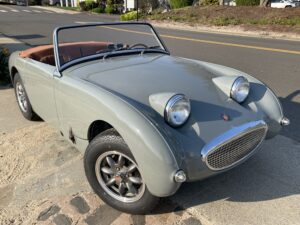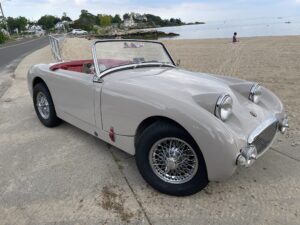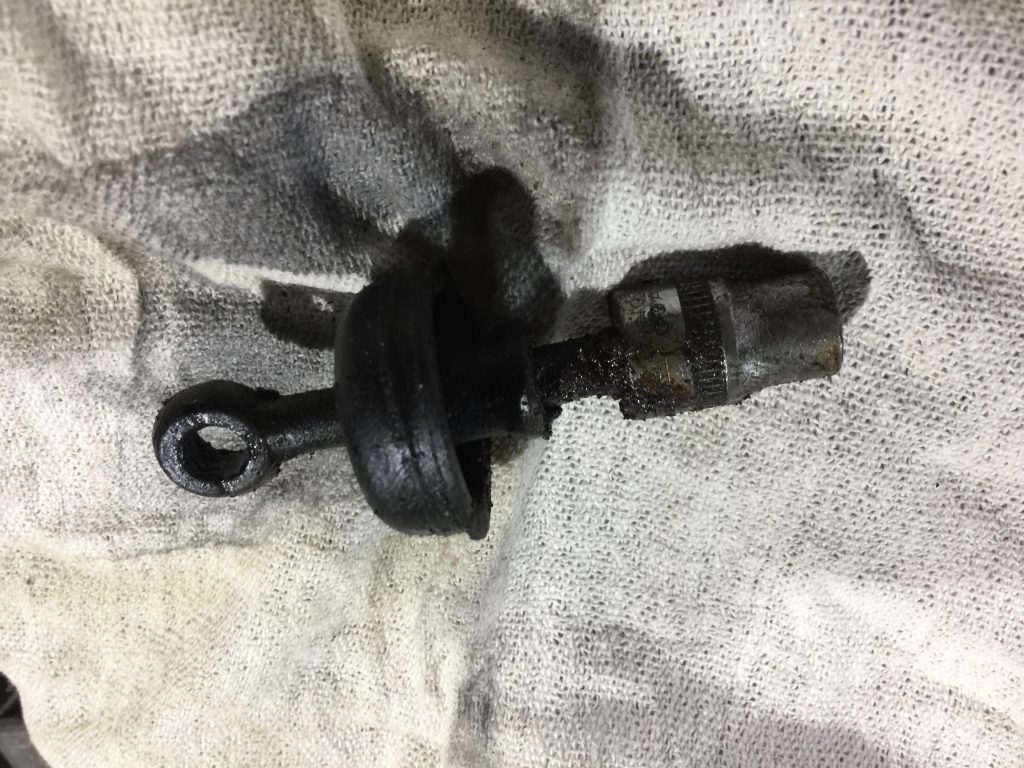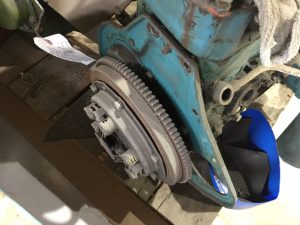Slave cylinder push rods have it rough. People are constantly modifying them. It seems that some bugeyeguys wish their push rod was longer.
This one pictured above is one for the hall of shame- particularly ugly-but it worked, (barely). This operator added a 1/4″ drive socket to the bore of his slave cylinder to try and extend the throw. We put in a new long model and solved the problem Why are slave pushrod issues so common?
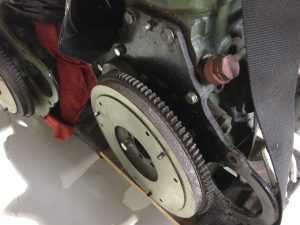 There are multiple reasons. The eyes wear and get elongated. Clutch forks are sometimes bent, which may necessitate a longer or shorter pushrod.
There are multiple reasons. The eyes wear and get elongated. Clutch forks are sometimes bent, which may necessitate a longer or shorter pushrod.
It often comes down to the backplate. If you change from a 948 to 1275 engine, the thickness of the back plate changes. Notice the thin sheet with curved perimeter on a 948 engine (left) and the flat thicker back plate used on a 1275 (right). When you change the backplate, you effectively move the transmission forward (or aft), and these changes can impact clutch actuation.
We sell two different length pushrods,one for each configuration (longer for 1275 backplates). Check em out in our parts catalog, here. Any time you plan to change your slave cylinder, it’s a good idea to have a new pushrod and clevis pin handy, and to make sure your slave cylinder isn’t throwing all the way out at its limit. A longer pushrod can help make sure your slave cylinder doesn’t eject from the bore when you push the clutch, thus spilling all your hydraulic fluid.
